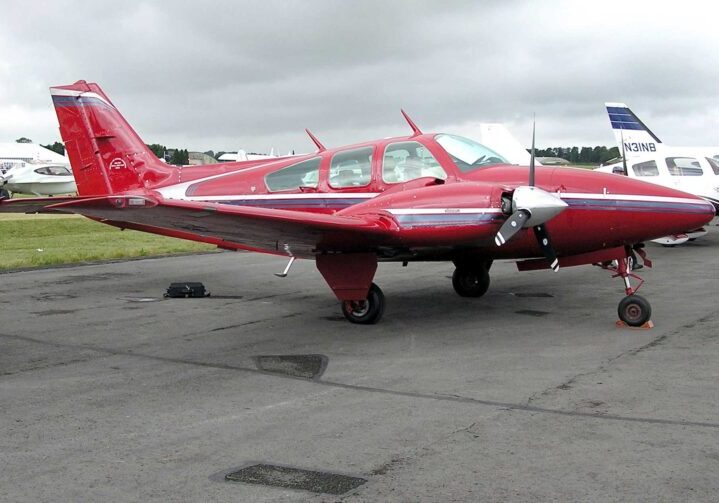Actually Accurate
CiES sensors provide reliable fuel level readings
By Beth E. Stanton
“It’s very strange,” said Scott Philiben, EAA 1148835, CEO and founder of CiES. “This issue has been around for a very long time. Practically every movie featuring a stressed-out pilot includes the obligatory tapping of the fuel gauge.”
In airplanes, fuel sloshes around in long, shallow tanks, creating motion that creates sporadic contact with the sensors in the tank. This results in notorious inaccuracy and the classic windshield wiper motion seen with most fuel gauge needles.
“Like your tachometer, the fuel gauge is a component that really ought to work,” he said. “Then we came up with these statements that make no sense, like that it only has to be accurate at zero. Well, if your tachometer were only accurate at zero, it would be a broken tachometer. There were a whole bunch of reasons people dreamed up to say this problem couldn’t be solved, and we, the aviation community, never really did anything about it.”
In 2012, Cirrus Aircraft asked Scott to take a shot at the problem of fuel level indication. In response, he developed and patented a relatively simple system using a non-contact position sensor using magnetic field technology. He paired this new technology with the same float mechanism found on many GA aircraft. The system is highly accurate, indicating changes in fuel levels less than 0.03 of an inch, which represents much less than a tenth of a gallon of fuel.
“Heads were spinning,” Scott said. “The most hated, reviled, untrusted instrument in the aircraft all of a sudden is now the most reliable instrument in the aircraft. It’s a total phase change.”
You can read the rest of the article here.
Share this:
About CiES Inc.
Established in 2012, CiES is now the largest supplier of aviation fuel quantity probes and senders. They are the recognized leader in the design, development, certification, and manufacture of electronic sensor solutions for original equipment manufacturers, as well as direct-to-market consumer products. Through the creative application of cutting-edge technologies, CiES creates complex end-to-end solutions. This is a company that is changing the game in aviation technology and revolutionizing the way we navigate the skies. Aiming at future growth and innovation, CiES is pushing the boundaries of what is possible.



